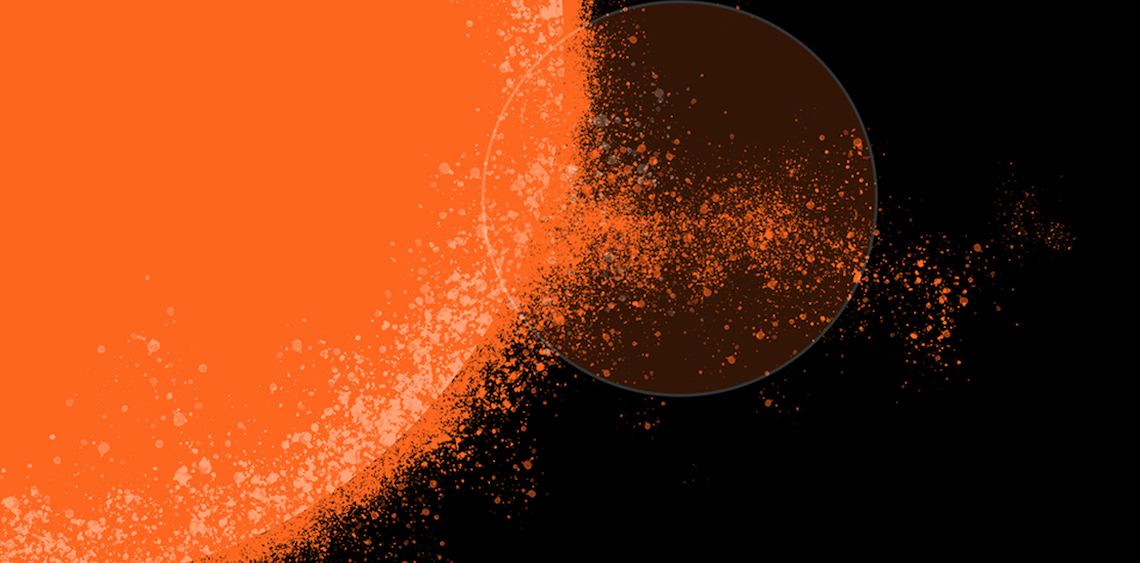
Understanding the mechanics of solar storms
The surface of the Sun is dynamic, and sometimes large ejections of coronal mass or flares occur. These events known as solar storms can potentially damage electrical grids and telecommunication on the Earth and endanger satellites and human space flight. Assisted by supercomputing, an international team of researchers is developing an improved understanding of the mechanism behind solar storms. This may ultimately lead to better solar storm prediction.
“Simple pen and paper are not enough; numerical modelling is needed. This kind of modelling is also challenging because of many different time and other scales, and it requires supercomputer resources,” says Professor Maarit Korpi-Lagg from the Department of Computer Science at Aalto University, Finland.
Korpi-Lagg leads a nine-person multidisciplinary research group involving computer science researchers from Aalto University and astrophysics researchers from the Max Planck Institute, Germany. The team has access to the LUMI supercomputer operated by CSC, the national research and education network (NREN) of Finland.
Looking beyond the solar surface
Solar storms occur when the magnetic fields inside the Sun rise to the surface and become stronger. This mechanism is poorly understood. While space weather service centers do exist, they are currently limited to base their predictions on monitoring changes in the solar surface. In other words, predictions can only be made when the active region has already appeared on the Sun’s surface. It can often be too late to react by then.
“The roots of all these disturbances are located in the convection zone under the Sun’s surface, which our group studies. It is difficult to predict the most energy-containing eruptions because disturbances travel close to the speed of light. We are currently developing methods to monitor sub-surface changes. These could possibly give us a couple of days more time to react,” says Maarit Korpi-Lagg.
In a pilot project at LUMI, the group investigated whether a fluctuating dynamo could occur in the Sun’s convection zone:
“Dynamo mechanisms are a bit like a bicycle dynamo, but kinetic energy does not turn into electrical energy, i.e., a light in the lamp, but rather into solar magnetic field energy. A theoretical prediction was that it (a dynamo mechanism, ed.) should exist, but numerically no one had yet found it being relevant in sun-like conditions. With the LUMI pilot project, we were able to numerically verify the existence of this mechanism.”
Improvements in energy efficiency
The research will continue in a follow-up project called SISSI (Studying Small-Scale dynamo action in the Sun).
“We will study the effects of the dynamo process verified during the pilot project on larger scale solar phenomena, such as preservation of kinetic energy, thermal convection, and a large-scale dynamo. All of these interact to generate the Sun’s magnetic field, which forms active regions, some of which produce solar flares. These then, in their turn, cause geomagnetic storms that can damage our technologically advanced society,” states Korpi-Lagg.
An important additional advantage from the project is the development of improved graphics accelerator-based computing. These developments were necessary to tackle to huge amounts of numerical calculations involved, but also proved much faster and thereby more efficient than previous computing methods, Korpi-Lagg ends:
“Faster calculations also mean considerable energy savings. For years I have felt bad thinking about how much environmental resources computers require, but now working on one of the most environmentally friendly supercomputers in the world, this is a great weight off my mind.”
Featured image/illustration: Matti Ahlgren, Aalto University
The text is inspired by the article “Researchers discovered information from under the Sun’s surface about the emergence of solar storms using the LUMI supercomputer” by Anni Jakobsson at the CSC website.
For more information please contact our contributor(s):

